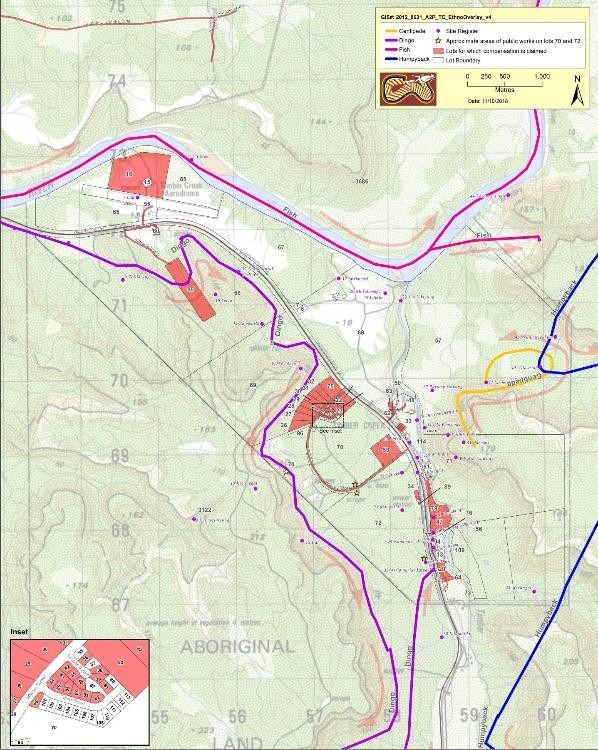The High Court handed down a decision on the NT v A Griffiths (deceased) L Jones on behalf of Ngaliwurru and Nungali people (commonly known as town of Timber Creek case) on the 13 March 2019, which is the first decision by the High Court on compensation for a Native Title Claim.
Background
On the banks of Timber Creek is a town called Timber Creek that was proclaimed in 1975 on the Victoria Highway between Katherine and Kununurra and has a population of 230 people of 65 being aboriginal people. Between 1980 and 17 December 1996 the Northern Territory government conducted 53 acts which extinguished or impaired native title rights which gave rise to the Native Title Claim entitlement to compensation under Pt 2 of the Native Title Act. The total area was 127 hectares or 6% of the claim of 2,053hec.
The trial judge determined the claimants held native title, and the decision was supported by the Full Court of the Federal Court and those rights were to travel over the land, hunt, fish, live, use the water, conduct religious ceremonies and protect scared sites.
Compensation
Compensation was awarded by the High Court for
- loss of native title rights, which was valued at 50% of the freehold value of 127 hectares.
- economic loss in the sum of $320,250
- interest on the loss in the sum of $910,100
- Disturbance of the dreaming paths (cultural loss)
- Water tank interfered with the dreaming trail
- Lots interfered with the dingo dreaming trail
- A dam interfered with fish dreaming trail
- loss or diminution of traditional attachment to the land or connection to country and for loss of rights to gain spiritual sustenance from the land is the amount which society would rightly regard as an appropriate
- for cultural loss in the sum of $1,300,000
Implications
The decision highlighted a number of points in relation to Native Title compensation:
- Division 2, 2A and 3 of the Native Title Act 1993 state that compensation is payable for acts that extinguish Native Title before 1996 (past Acts)
- Interest is payable on the economic loss, but only at simple interest.
- Compensation is payable on the cultural loss or non-economic loss to the Native Title Parties
- It was regarded that “the compensation for loss or diminution of traditional attachment to the land or connection to country and for loss of rights to gain spiritual sustenance from the land is the amount which society would rightly regard as an appropriate”
Implication to for Mining Industry
Commenting on the High Court’s landmark judgment, Ashurst partner Tony Denholder in the Australian newspaper considered that “the small area of Timber Creek still triggered a compensation liability of over $2.5 million, [which] will have strong implications for the more than 2.8 million square kilometres of native title land holdings across the rest of Australia”. Also “The High Court’s decision will be likely to trigger compensation applications from many of the hundreds of native title holder groups around Australia”.
I attended a law seminar last week and was told that that Native Title Parties may be compensated for any mining leases that were granted between before 1996 (past Acts) by virtue of Division 2, 2A and 3 of Native Title Act and s240 of the Native Title Act that is the similar compensable interest test applies. That s123(2) and (4) of the Mining Act passes that test.
Furthermore by s125A of the Mining Act 1978 the WA government passed the responsibility of the compensation onto the holders.
At the moment there is 2771 mining leases currently granted between Jan 1975 and 31 December 1996 that could be classed as past acts for which compensation may be paid to native title parties.

